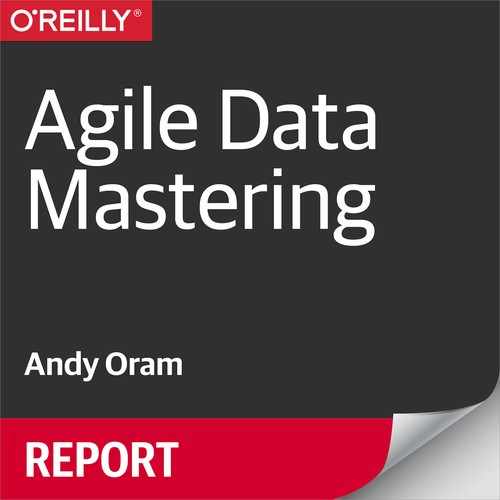Book Description
Organizations across all industries are attempting to capitalize on the promise of Big Data by using their information assets as a source of competitive advantage. In doing so, they are investing heavily in areas such as analytic tools and new storage capabilities. However, they often neglect the data management layer of the equation: it’s not simply about finding an optimal way to store or analyze the data, but it’s also vital that you prepare and manage the data for consumption. After all, if the data is inaccurate or incomplete, no consumer will trust or use it.
Typically, organizations expend a lot of time on manual data cleaning and vetting to create "master records"—a single, trusted view of an organizational entity such as a customer or supplier—and this is often the area where most help is needed.
This report explains just how powerful machine learning can be when applied directly to the creation of master data records. Known as agile data mastering, this method leverages ML’s speed and flexibility to quickly create accurate master records that can scale across datasets and domains. You’ll learn agile data mastering processes based on the operation of Tamr, an enterprise-scale data unification company that applies human-guided machine learning to this task.
This report explores the:
- Overall importance and many uses of master data records
- Challenge of creating these records in distributed, complex data environments
- Differences between traditional master data management (MDM) and agile data mastering
- Advantages of agile data mastering
- Technology of Tamr, a data unification company that provides agile data mastering solutions
